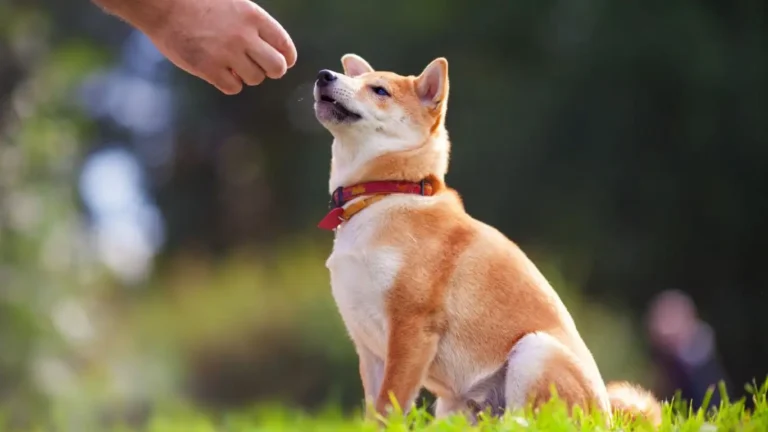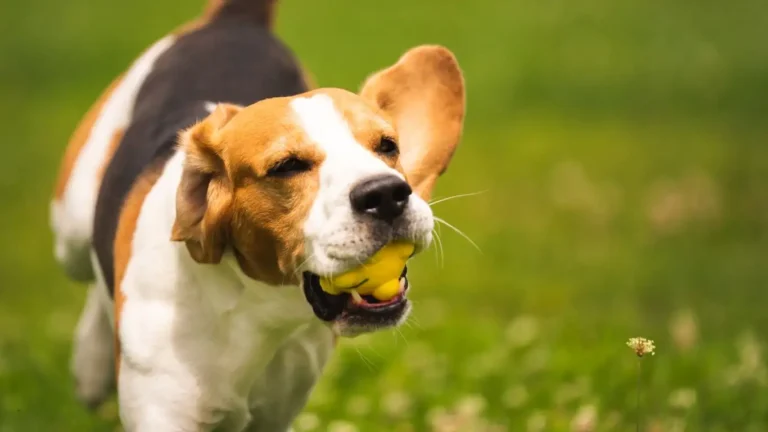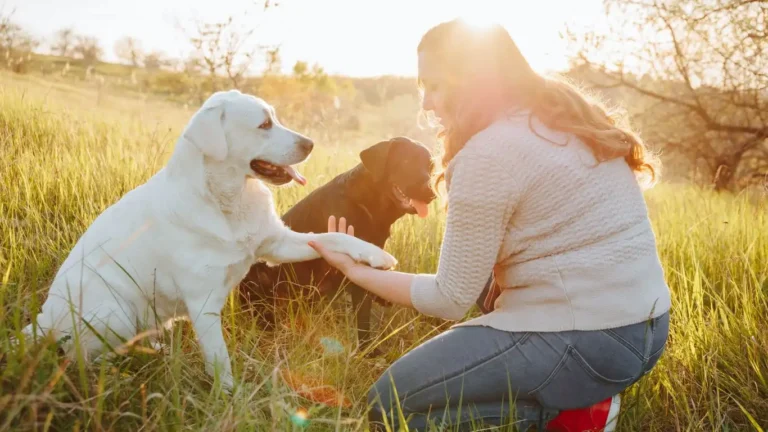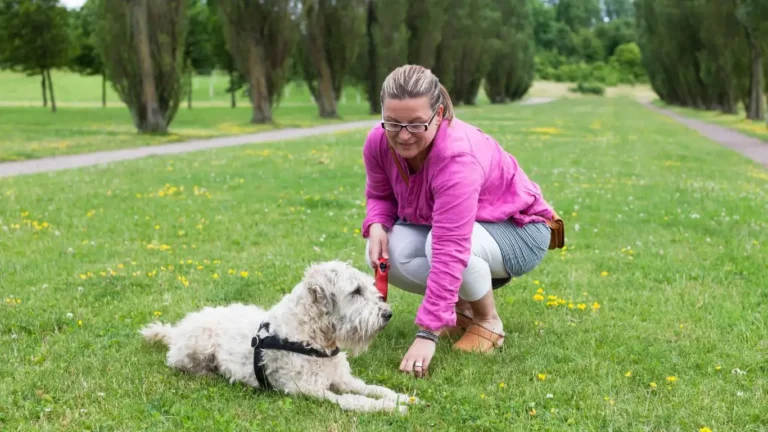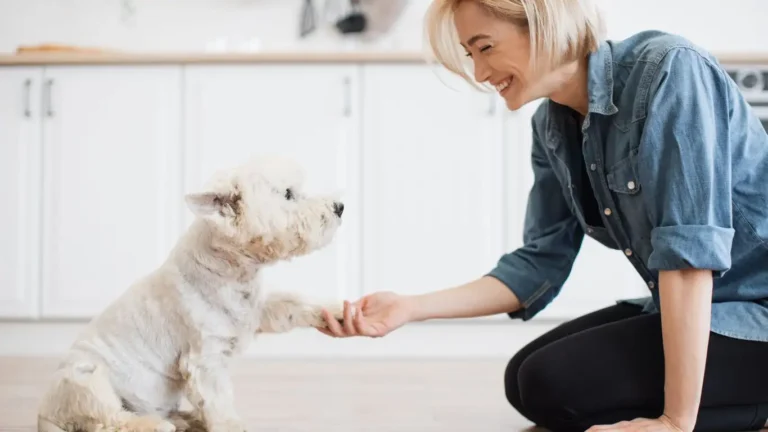How to Train a Dog to Stop Obsessing Over Balls for Lasting Results
If you’ve ever found yourself wondering how to train a dog to stop obsessing over balls or toys, trust me, you’re not alone. As a Canine-Assisted Therapy Trainer, I’ve met countless pet parents pulling their hair out because their dog just won’t give it a rest. Whether it’s tennis balls, squeaky plushies, or anything remotely round and throwable—some pups just *can’t let go*. I’ve worked with working dogs, therapy dogs, and family companions, and I’ve seen toy obsession at every level. It’s adorable at first…until your dog starts growling when you try to take it away, or they won’t focus on anything else in the world. Been there. Let’s get into what’s really going on and how you can help your dog chill out a bit.
Understanding Toy Obsession in Dogs
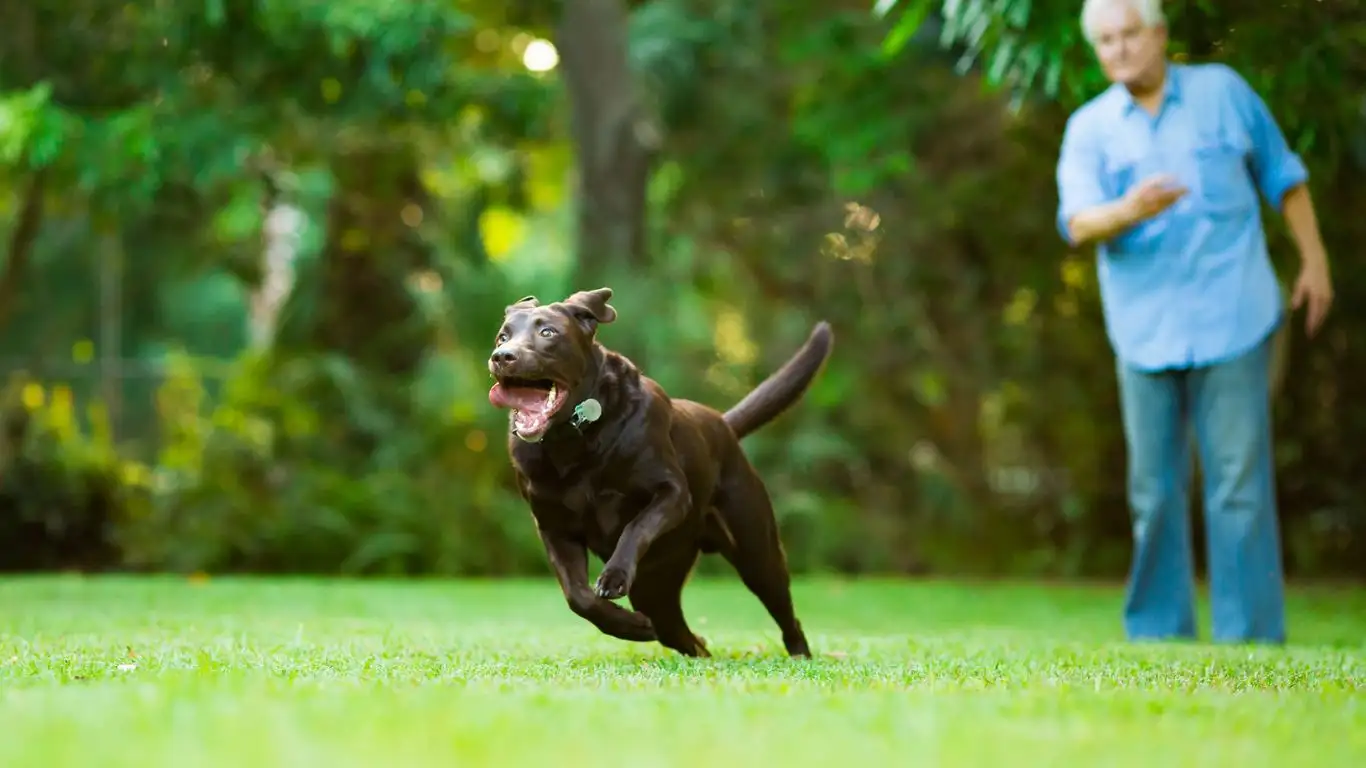
First off, it helps to know that some level of obsession with toys, especially balls, is totally normal—particularly in certain breeds. Border Collies, Retrievers, and Belgian Malinois often have an intense work drive and prey instincts that get redirected onto toys. That’s part of what makes them so fun to train…and sometimes, a bit much.
But when a dog fixates so much that they can’t relax, won’t respond to you, or even start guarding their toy, that’s when we need to step in. Obsession isn’t just annoying—it can be stressful for the dog too. It can also get in the way of bonding, training, or therapy work (which is huge in my world).
Why Dogs Become Obsessed with Balls or Toys
There are a bunch of reasons your pup might be going full Gollum over their “precious” ball:
- Boredom: Not enough mental or physical stimulation.
- Over-reinforcement: If the ball always comes out during fun times, they associate it with all good things.
- Genetics: Some dogs are just wired to chase and retrieve.
- Lack of structure: When a toy is always available, it can become a compulsive crutch.
In my sessions, I’ve seen dogs carry balls in their mouths during walks, nap with them, even bring them into the bath. It becomes more than a toy—it becomes a comfort item and obsession rolled into one. Not healthy.
Start With Boundaries, Not Bans

One of the first mistakes people make is thinking they need to take the toy away permanently. That’s usually not necessary, and it can backfire. Your dog might just get sneakier or more possessive. Instead, we want to build some boundaries.
Implementing “Toy Time” Windows
Try designating specific windows during the day for ball or toy play—almost like recess for kids. Here’s a method I use a lot with my therapy dogs-in-training:
- Start with a structured walk or obedience session to burn energy and set a calm tone.
- Bring out the toy for 10–15 minutes of focused play.
- End the session with a command like “All done” or “That’s enough,” and immediately remove the toy.
- Reward your dog for disengaging with a treat or affection.
It might take a few days—or even weeks—but most dogs start to understand that the ball is a *part* of life, not the *center* of it.
Teach “Leave It” and “Drop It” Like a Pro
I can’t stress this enough: these two commands are essential. You’ll use them constantly when working with a ball-obsessed dog. Here’s a quick refresher I use in my sessions:
- “Leave it”: Present a toy, then cover it with your hand and say “Leave it.” Wait for your dog to back off or make eye contact, then reward.
- “Drop it”: Use a low-value toy and exchange it for a treat or higher-value toy. Mark the moment they let go with a “yes!” and reward.
Training these early, with lots of repetition and calm praise, makes life easier down the road. Your dog will feel more secure knowing what’s expected, and less frantic about keeping that toy in their mouth at all times.
Work That Brain—Not Just the Body
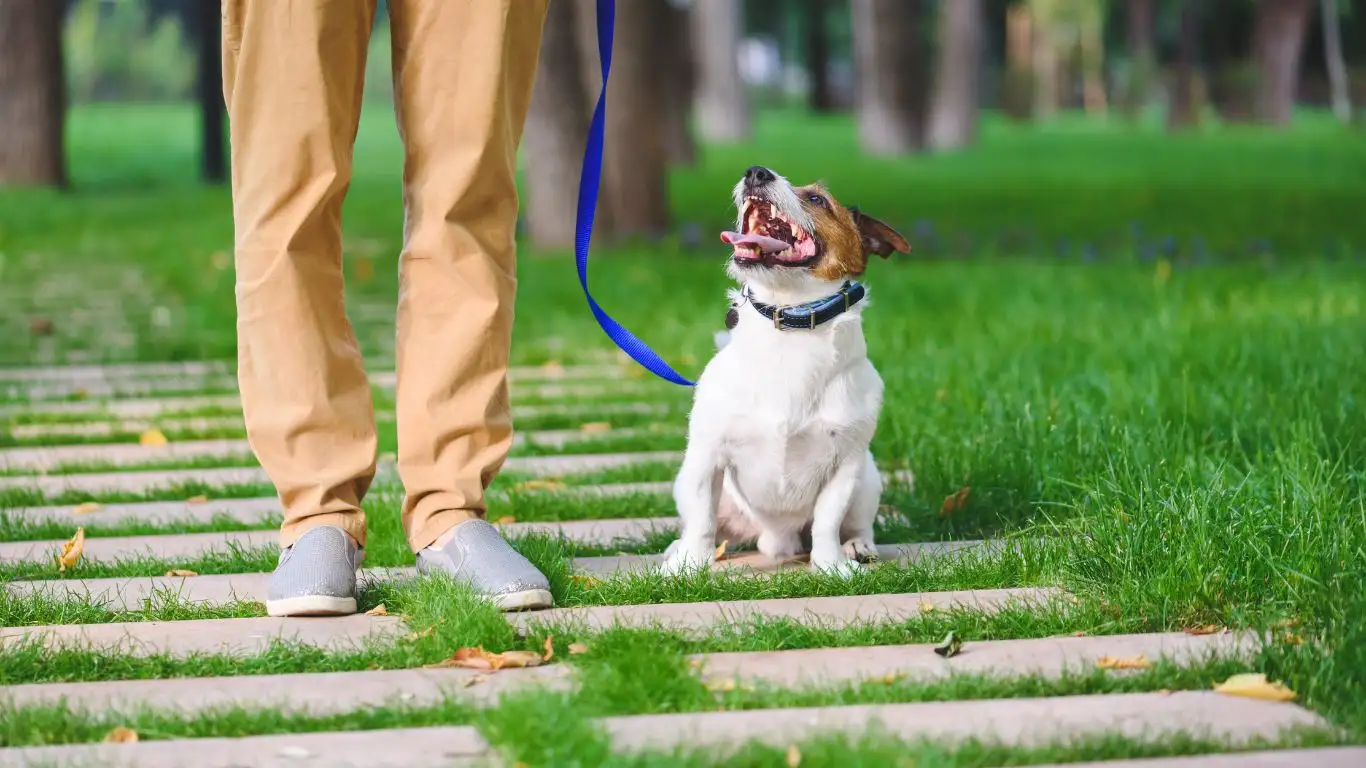
Most people think that tiring out a toy-obsessed dog just means more fetch. But actually, that’s the opposite of what we want. Repetitive fetch sessions often reinforce obsession rather than curb it.
Instead, lean into mental enrichment:
- Use puzzle feeders or treat-dispensing toys (ones that don’t resemble balls).
- Teach new commands or tricks—something that makes your dog think.
- Snuffle mats or scent work games are a great way to redirect focus.
- Practice calm behaviors like “Place” or “Settle” after a play session.
One Labrador I worked with couldn’t function without a ball in her mouth. We phased in scent games using hidden treats around the yard, and slowly her interest in the ball dropped off as she discovered a new kind of “job.” It was like watching her find a second gear she never knew she had.
Creating a Balanced Play Routine
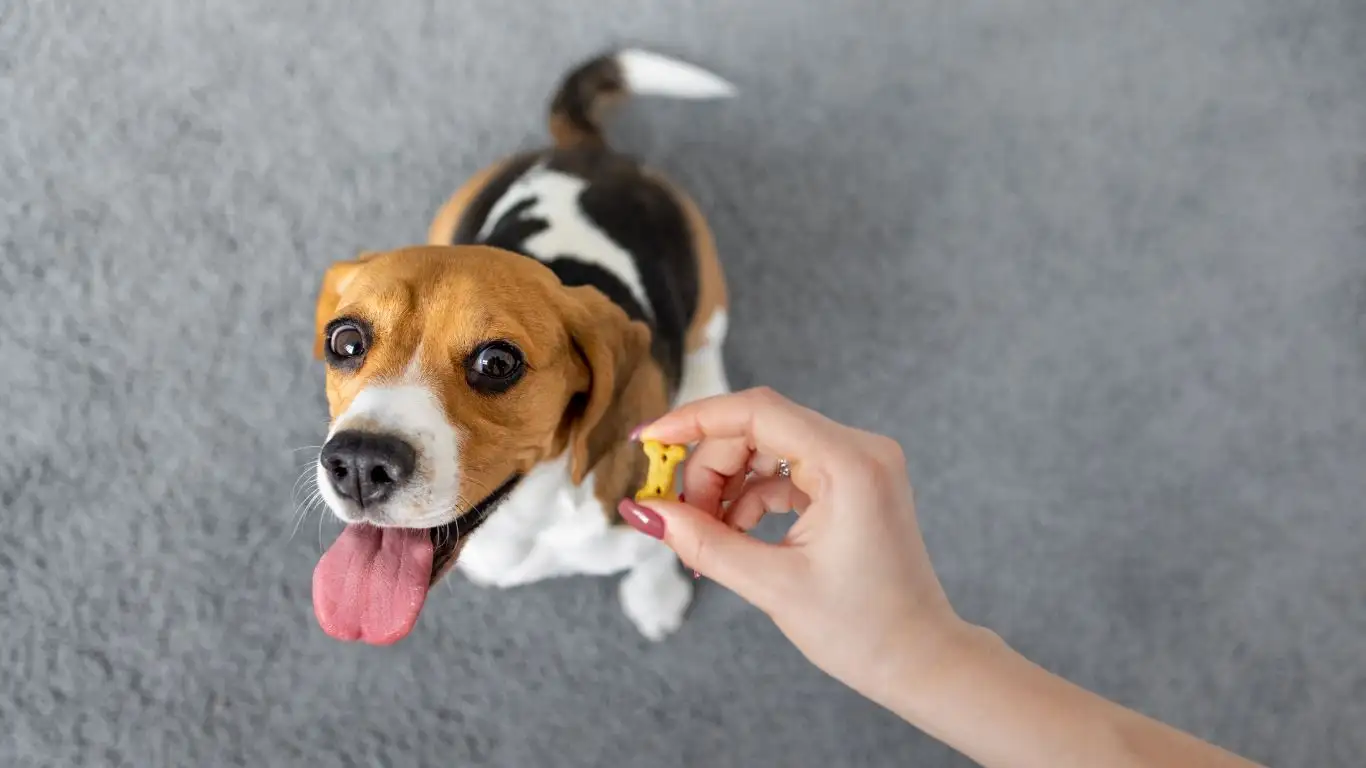
Okay, now that you’ve started working on boundaries and enriching your dog’s brain, let’s talk about building a healthier routine around play. When it comes to how to train a dog to stop obsessing over balls or toys, one of the most underrated strategies is creating a routine that puts you in charge of the toy—not the dog.
Here’s what I do with a lot of the ball-obsessed dogs in my therapy programs: I put them on a “Fetch Fast.” That means for a few days, we skip fetch completely. Instead, we focus on calm, structured walks, place training, and brain games. Once they’re less twitchy about toys, we reintroduce them as part of a controlled routine—not just endless, mindless throwing.
How to Reinvent Fetch (Without the Frenzy)
- Keep sessions short: 5-10 throws, then move on to something else.
- Use cues to start and stop play: Like “Go play” and “That’s enough.” Consistency is key.
- Mix in training: Ask for a “Sit” or “Down” before each throw to keep the brain involved.
One of my Goldens, Milo, used to get so worked up over the ball that he’d bark non-stop and shake with anticipation. After a two-week reset, we built a structured play routine where he had to do a little obedience work before each throw. Within a month, he was calmer, more attentive, and actually more fun to play with. Win-win.
Using Impulse Control Games to Break the Obsession

Let’s talk impulse control. If your dog freaks out the moment a toy enters the room, then they’re probably lacking that “pause” button. The good news is, impulse control can absolutely be taught—and it’s usually kind of fun for the dog too.
Try These Trainer-Favorite Games:
- It’s Yer Choice: Hold a toy in your hand. When your dog backs off or looks away, reward with a calm “yes” and give them the toy for a second—then take it back. Over time, they’ll learn patience pays off.
- Wait for It: Place the toy on the floor and ask for a “Wait.” If your dog lunges, cover it with your foot. Wait until they offer stillness or eye contact, then reward.
- Reverse Luring: Hold the toy out visibly but don’t release it until your dog relaxes. This teaches self-control with high-reward triggers.
Impulse games are one of my secret weapons in therapy dog training. They create this beautiful blend of mental challenge, emotional regulation, and bonding. Plus, once your dog learns how to manage their excitement, life gets easier for everyone involved.
Redirecting Obsession to Healthier Outlets
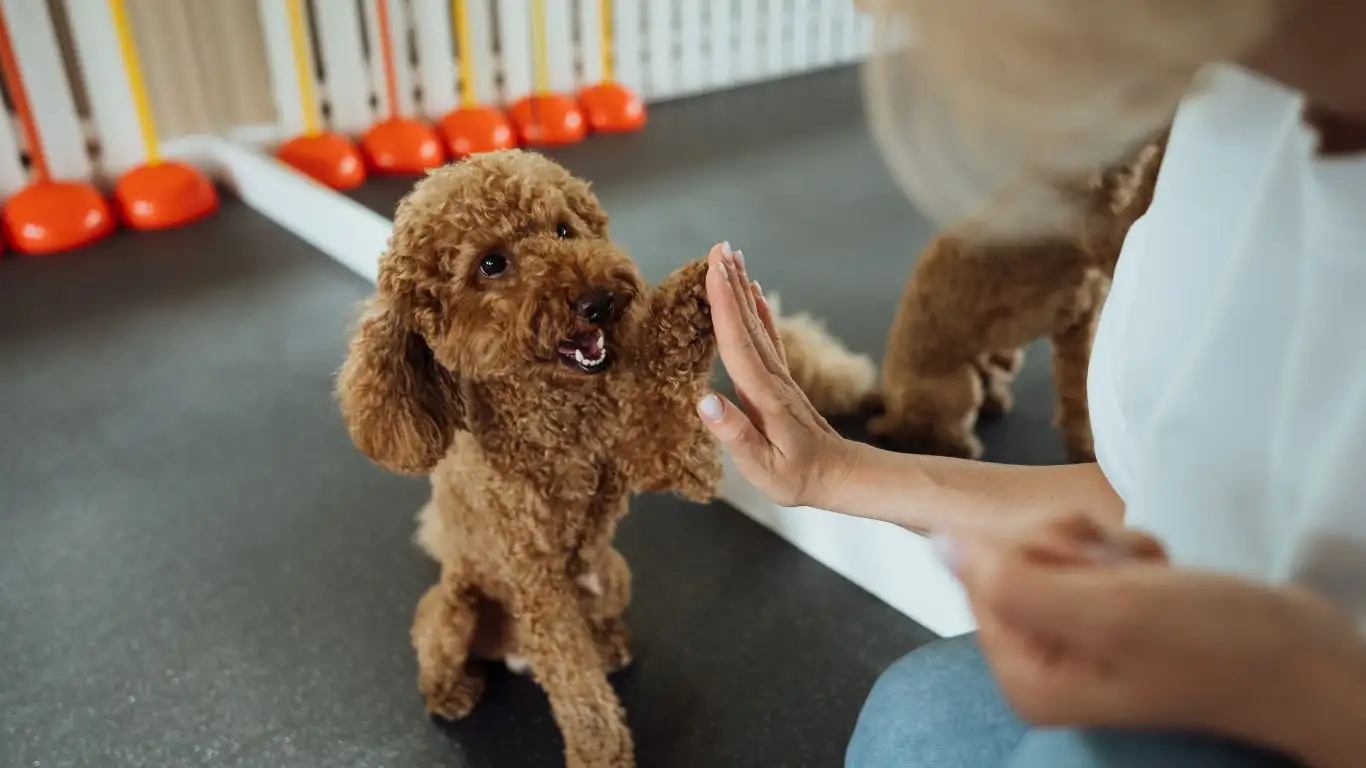
Some dogs just have that natural “go-go-go” energy, and that’s not a bad thing. But when that energy gets locked onto a ball like a laser beam, it can become an issue. That’s why redirection is such a key part of this process. You’re not trying to suppress your dog’s drive—you’re just channeling it into something healthier and more balanced.
Activities That Scratch the Same Itch
- Scent work: Hiding treats or toys around the yard or house. Engages the nose, slows the brain.
- Flirt poles: Great for high-prey-drive dogs. Still exciting, but controlled and less repetitive than fetch.
- Obstacle courses: Use household items to build a mini agility course. Keeps them thinking and moving.
- Trick training: Redirects energy into learning something new. Spin, bow, touch—it all helps.
I once had a little Jack Russell mix named Luna who would go into full meltdown mode without her ball. We started a simple cardboard-box scent search game using tiny bits of freeze-dried chicken. After a week, she started choosing sniffing over squeaking—and her people were stunned (and very relieved).
Recognizing When It’s More Than Just Play
Sometimes, toy obsession isn’t just a cute quirk—it can actually point to underlying behavioral issues like anxiety or compulsive behavior. If your dog seems distressed without the toy, or gets aggressive when you try to take it away, it might be time to get some professional help involved.
Signs It’s Time to Consult a Trainer or Behaviorist
- Resource guarding: Growling, snapping, or freezing when you approach the toy.
- Panic without access: Whining, pacing, or barking when the toy is out of sight.
- Obsessive focus: Refusing to eat, sleep, or interact with you unless the toy is present.
These behaviors aren’t just annoying—they’re stressful for your dog, too. I’ve worked with a few dogs who had true obsessive-compulsive tendencies, and with consistent boundaries, desensitization, and training, we were able to help them relax and re-engage with the world. You don’t have to do it alone—and trust me, asking for help isn’t a sign of weakness. It’s love in action.
Alright, we’ve covered a lot of ground already, from boundaries to redirection, impulse control, and recognizing deeper issues. Keep going—because when you work through it, the results are so worth it.
Patience and Consistency: The Key to Long-Term Success
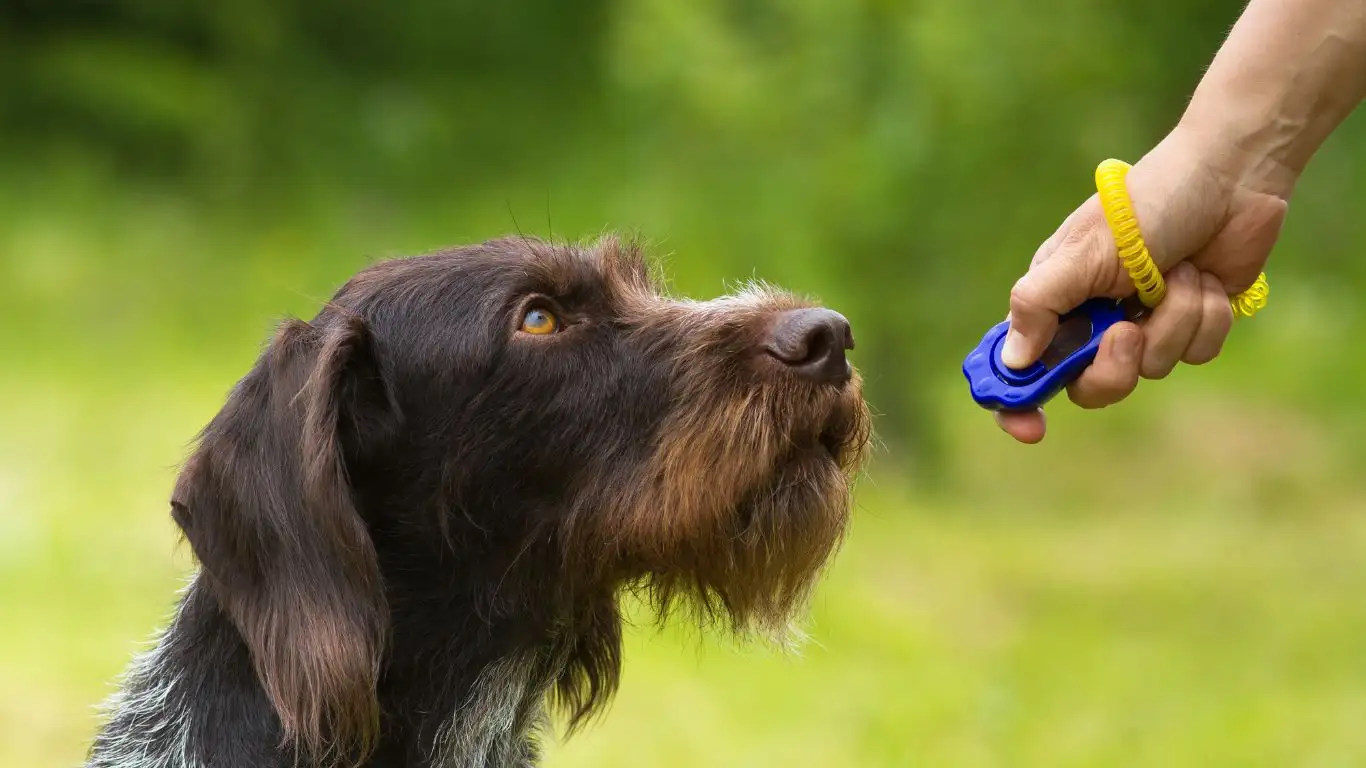
By now, you’ve already started implementing some changes in how your dog interacts with their toys. Whether you’ve been using controlled fetch, impulse control games, or redirection activities, you’re laying a solid foundation for success. But here’s the thing: the most important part of training your dog to stop obsessing over balls or toys isn’t just about the right exercises. It’s about patience and consistency.
As a trainer, I can’t emphasize this enough. Dogs, just like people, need time to adapt. Some dogs will catch on quickly, while others may take a little longer. The key is to stay calm, consistent, and always reward the behavior you want to encourage. Whether your dog takes a few days or a few weeks, the most important thing is to keep reinforcing positive behaviors and creating a calm, structured routine.
Why Patience is Crucial
Let’s face it: we all want quick results. We want to see that change today—maybe even five minutes ago. But the reality is that changing a dog’s behavior takes time, especially when it involves unlearning something deeply ingrained like toy obsession. Trust me, I’ve seen the transformation in countless dogs, but only when their owners are patient with the process. If you push too hard or get frustrated, your dog will sense that energy, and it can actually slow down progress. Keep your cool, and your dog will follow suit.
For example, I worked with a Shepherd mix named Daisy who was absolutely fixated on tennis balls. Her owners were expecting results within a few days, but they didn’t get them immediately. So, we kept up with the training, with short and consistent sessions each day. Within a couple of weeks, Daisy was more relaxed during play and didn’t feel the need to constantly chase or guard her ball. It wasn’t overnight, but when it clicked, it was beautiful to see.
Reinforcing Success Through Ongoing Training
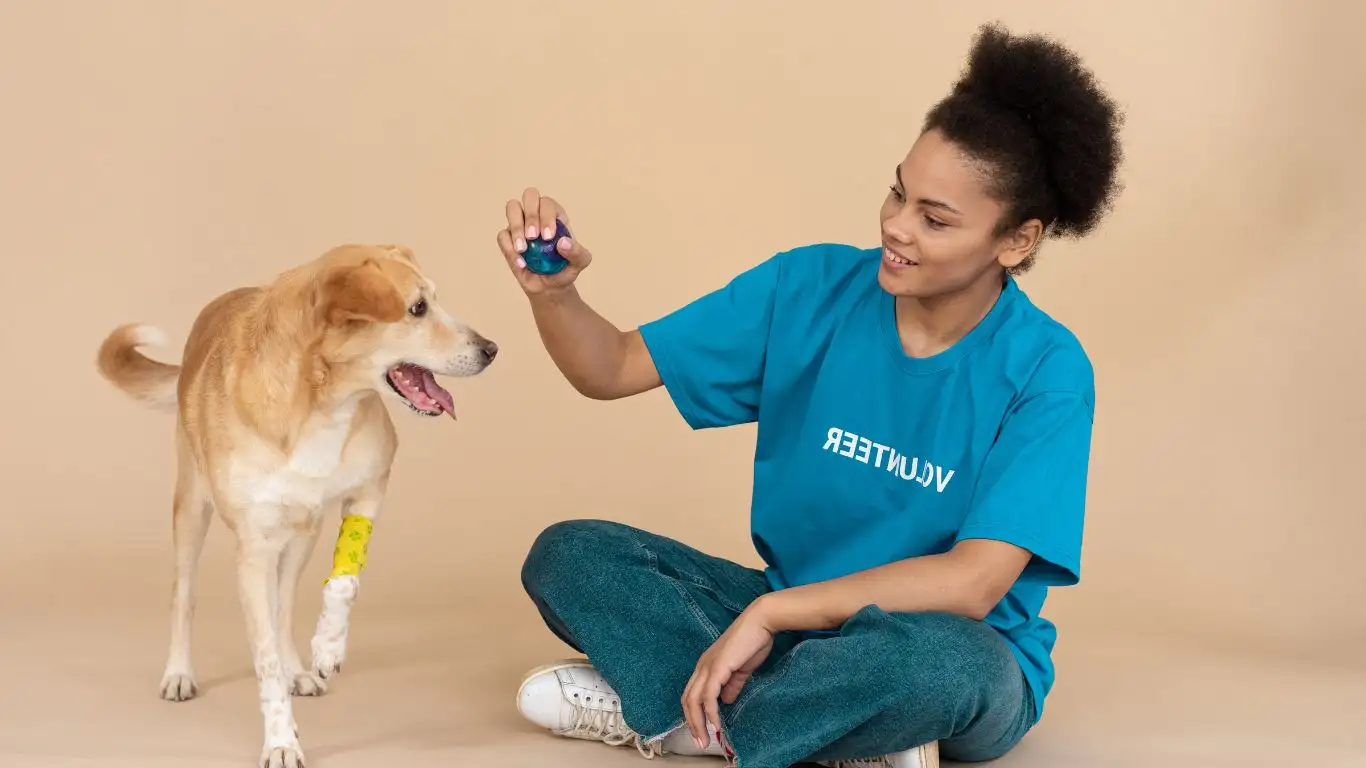
Even after you’ve gotten to a point where your dog is no longer obsessed with their toys, it’s important to keep reinforcing that success. Training doesn’t stop once the toy obsession fades—it’s a lifelong journey. After all, your dog will face new challenges, and you want to continue providing structure and positive reinforcement.
Keep Mixing It Up
One way to maintain progress is by continuing to vary your dog’s routine. Dogs thrive on mental stimulation, and if you keep giving them new activities, games, or commands, they’ll stay engaged and focused. Not to mention, it’ll keep your relationship with your dog fresh and fun!
- Challenge with new tricks: Once your dog’s focus improves, it’s time to add new tricks to their repertoire—things like “roll over,” “speak,” or “spin.”
- Try new interactive toys: Introduce toys that require problem-solving, like puzzle toys or treat-dispensing toys. They engage your dog’s brain in a productive way.
- Increase the difficulty: As your dog gets better at impulse control, up the ante by adding distractions or increasing the duration of commands like “stay” or “wait.”
Training doesn’t stop with the ball; it’s a continuous, dynamic process. Whether you’re reinforcing calm behavior or teaching a new skill, ongoing engagement helps keep your dog mentally and physically satisfied.
How to Handle Setbacks in the Training Process
No matter how consistent you are, setbacks can happen. Whether your dog falls back into old habits or you hit a plateau where progress seems to stall, don’t get discouraged. I promise you—it’s completely normal to face challenges along the way.
What to Do When Things Aren’t Going As Planned
If you notice that your dog is regressing or not responding as well to the training, there are a few things you can do:
- Review the basics: Go back to basics for a short period. You may need to reinforce the commands and boundaries before progressing to more advanced techniques.
- Take a break: Sometimes, less is more. If your dog seems frustrated, take a few days off from training and allow them to reset.
- Adjust your training methods: If one method isn’t working, consider adjusting your approach. Some dogs respond better to positive reinforcement, while others may need more structured training methods.
I’ve had clients who felt like they were spinning their wheels after weeks of training without seeing significant changes. In these cases, I always suggest slowing down, focusing on one or two core behaviors, and giving the dog time to catch up. You’d be surprised how often this can lead to breakthroughs.
Disclaimer
It’s important to note that not every dog is the same. While many of the strategies outlined in this article will work for most dogs, some dogs may have underlying behavioral or medical conditions that affect their ability to focus or interact with toys. If your dog’s obsession with toys continues despite your efforts, or if you’re dealing with severe behavioral issues, I recommend seeking professional help from a certified dog trainer or behaviorist.
Additionally, consult with your veterinarian if you suspect there may be any health-related causes, such as anxiety or compulsive behavior. A well-rounded approach—combining training with potential medical guidance—is often the best route to long-term success.
References
With these tools and tips, you’ll be well on your way to helping your dog break free from the cycle of obsession with toys. Just remember: patience, consistency, and ongoing engagement are the keys to turning toy obsession into a thing of the past.

